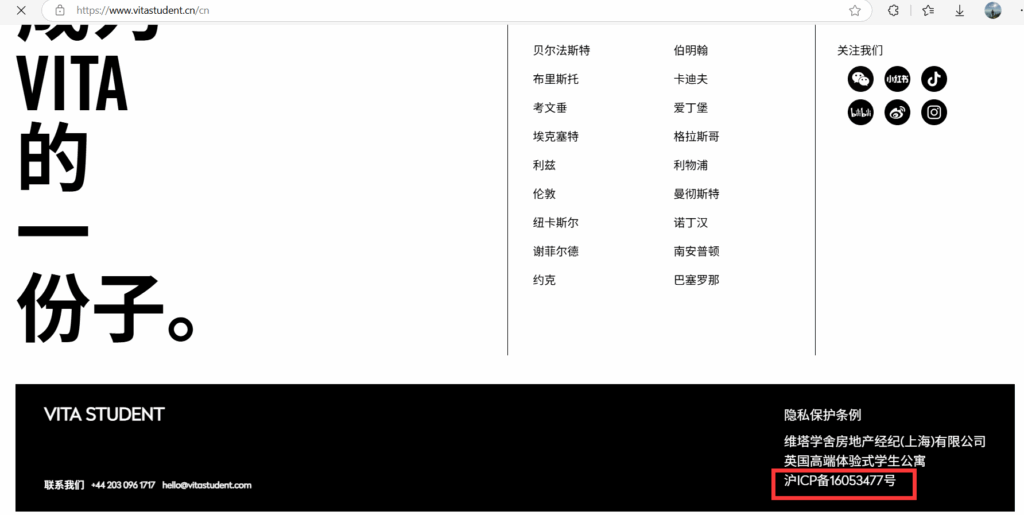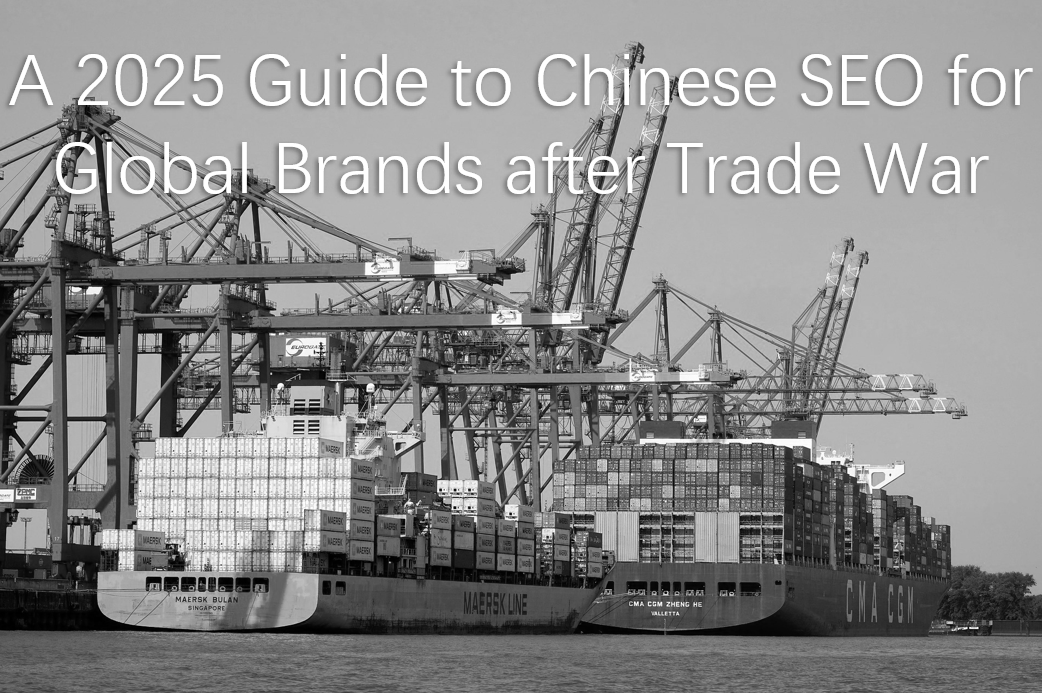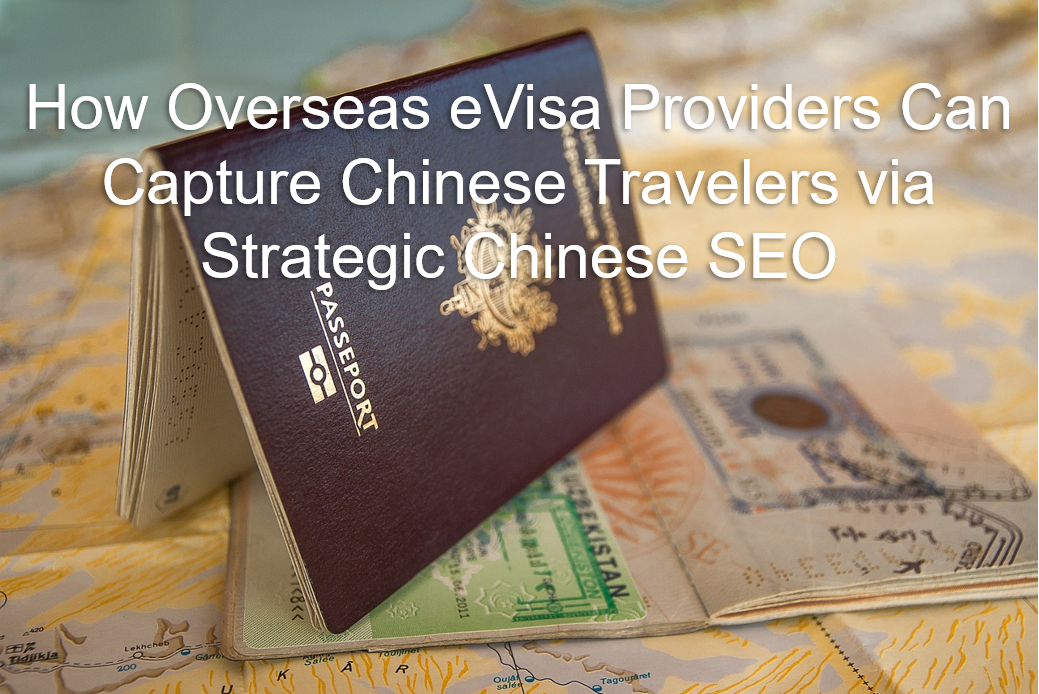As the U.S.-China trade war enters a tentative truce—with tariffs rolled back to pre-conflict levels but geopolitical tensions lingering—global brands face a critical juncture. While reduced tariffs ease trade costs, China’s digital ecosystem remains a walled garden dominated by Baidu (72% search share) and super-apps like WeChat. To succeed, foreign brands must rethink Chinese SEO strategies for this new era of “cautious globalization.” Here’s how to adapt.
1. Technical SEO: Build a China-Compliant Foundation
China’s digital infrastructure demands localized technical adjustments:
- Hosting & Speed:
Host your .cn domain in mainland China with an ICP license (mandatory for legal indexing on Baidu). Use Alibaba Cloud or Tencent Cloud for sub-2s load times, as Baidu’s 2025 Mobile-First Indexing penalizes slow sites. - Baidu Webmaster Tools:
Submit Simplified Chinese XML sitemaps and monitor crawl budgets. Baidu limits crawls for non-China-hosted sites, prioritizing those with localized metadata.

Critical Fix: Block Google services (Analytics, Fonts) to avoid rendering issues in China.
2. Content Localization: Beyond Translation
Baidu’s ERNIE 4.0 AI favors content aligned with Chinese cultural and economic narratives:
- Keyword Strategy:
Use Baidu-specific tools (e.g. Baidu Keyword Planner) to target phrases like “进口替代方案” (import alternatives) or “合规供应链” (compliant supply chains). Avoid direct translations—e.g., “cloud computing” becomes “智能云端解决方案” (smart cloud solutions). - Case Studies with Chinese Context:
Highlight partnerships with local clients or regional success stories. For example, *“How [Your Brand] Helped a Shenzhen Tech Firm Reduce Costs Post-Tariff”.

Pro Tip: Publish whitepapers on Baidu Wenku (China’s Scribd) to build authority.
3. Leverage China’s Social-Commerce Ecosystem
Decision-makers research on platforms foreign to Western audiences:
- WeChat Official Accounts:
Optimize articles for WeChat Search (微信搜一搜). Use mini-programs for lead generation (e.g., tariff calculators or compliance checklists). - Douyin (TikTok) B2B Content:
Post 15-second explainers (e.g., “3 Ways Our EU-Made Machinery Avoids Tariffs”) with hashtags like #关税攻略 (tariff strategies). - Zhihu (知乎) Thought Leadership:
Answer technical queries (e.g., “How to Comply with PIPL When Importing?”) and link to gated content (e.g., 2025 China Market Entry Guide).

4. Compliance: The Hidden Ranking Factor
Post trade war China prioritizes regulatory alignment:
- Data Localization:
Store Chinese user data locally and display PIPL-compliant privacy policies. - Certifications:
Highlight certifications like CCC (中国强制认证) in metadata. Baidu’s E-E-A-T algorithm rewards sites showcasing local compliance79.
5. Address Post-Tariff Consumer Sentiment
Chinese buyers now prioritize resilience and value-for-money:
- Highlight Supply Chain Transparency:
Showcase China-based warehouses or partnerships with COSCO/SF Express to mitigate delivery risks. - Emphasize “Dual Circulation” Alignment:
Frame products as supporting China’s “内循环” (domestic cycle) strategy—e.g., “Our IoT Solutions Boost Smart Manufacturing in Guangdong”.
Pitfalls to Avoid
- Ignoring Mobile UX: 60% of B2B searches occur on mobile. Test via Baidu’s Mobile-Friendly Tool.
- Over-Reliance on .com Domains: Baidu distrusts non-.cn sites. Use Hong Kong hosting as a bridge if ICP备案 is pending.
Your 2025 Chinese SEO Checklist
- Secure ICP License for China hosting
- Optimize 10+ product pages with Baidu-specific keywords
- Publish 2 localized case studies/month on Zhihu
- Launch a WeChat Official Account with tariff-compliant content
- Integrate Baidu Tongji analytics
Final Take:
The end of trade war offers a respite, not a reset. Chinese SEO in 2025 demands hyper-localization—blending technical compliance, cultural nuance, and post-tariff consumer psychology. Brands that master this trifecta will thrive in China’s “new normal,” while others risk becoming digital ghosts in the world’s largest market.
Need a China-ready SEO audit? Please feel free to reach us via service@baiduseopro.com.



